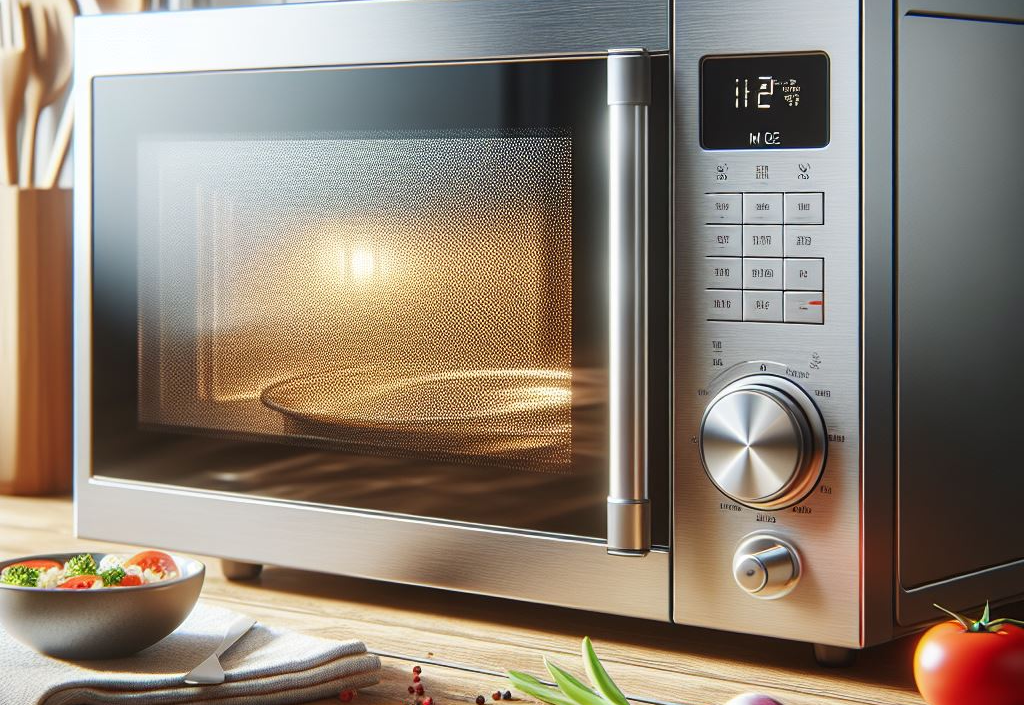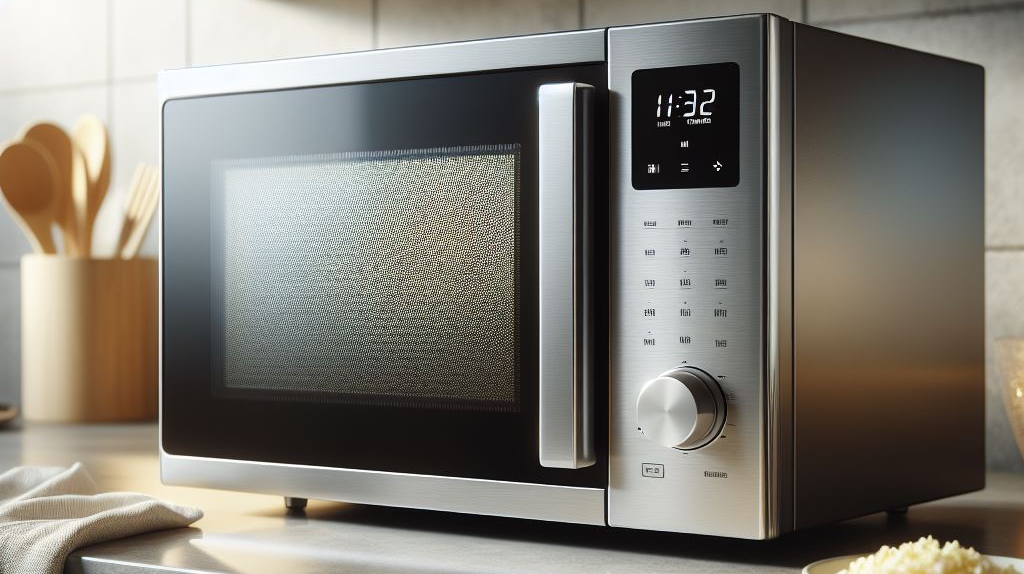The Role of MLCC in Microwave Oven

Multilayer Ceramic Capacitors (MLCCs) are essential components in the circuitry of modern microwave ovens, playing a crucial role in ensuring their efficient and reliable operation. These compact and versatile capacitors are used for various purposes, including voltage regulation, filtering, and decoupling, contributing to the overall performance and safety of microwave ovens.
In this blog post, we will explore the significance of MLCCs in microwave ovens, discussing their applications, benefits, selection criteria, and future trends. Understanding the role of MLCCs in microwave oven technology can help us appreciate the complexity of these appliances and the importance of choosing the right components for their design and functionality. Let’s delve into the world of MLCCs and their impact on microwave oven performance.

MLCC Applications in Microwave Ovens
Multilayer Ceramic Capacitors (MLCCs) are integral components in the circuitry of microwave ovens, serving several key functions that are essential for their operation. One of the primary roles of MLCCs in microwave ovens is voltage regulation. These capacitors help stabilize the voltage levels in the oven’s electronic circuitry, ensuring that the various components receive a consistent and reliable power supply.
Additionally, MLCCs are used for filtering purposes in microwave ovens. They help eliminate unwanted noise and interference from the power supply, ensuring that the microwave operates smoothly and efficiently. MLCCs also play a crucial role in decoupling, which involves isolating different parts of the circuit to prevent interference between them.
Benefits of MLCCs in Microwave Ovens
Multilayer Ceramic Capacitors (MLCCs) offer several key benefits that make them ideal for use in microwave ovens. One of the primary advantages of MLCCs is their reliability. These capacitors are known for their stable performance over time, making them a dependable choice for critical applications such as voltage regulation and filtering in microwave ovens.
Another benefit of MLCCs is their efficiency. Due to their high capacitance and low equivalent series resistance (ESR), MLCCs can effectively filter out noise and provide a stable voltage supply to the microwave oven’s circuitry. This helps improve the overall efficiency of the appliance and ensures that it operates smoothly and reliably.
Additionally, MLCCs are compact in size, allowing for easy integration into the tight spaces of microwave oven circuitry. Their small footprint makes them ideal for use in modern, space-constrained appliances where size is a critical factor.
Common Issues with MLCCs in Microwave Ovens and Troubleshooting
Despite their reliability, Multilayer Ceramic Capacitors (MLCCs) in microwave ovens can sometimes experience issues that affect their performance. Here are some common issues with MLCCs in microwave ovens and how to troubleshoot them:
Capacitor Failure: MLCCs can fail due to various reasons, such as overvoltage, overcurrent, or manufacturing defects. If an MLCC fails, it may lead to issues such as voltage instability or circuit malfunction. To troubleshoot, check the MLCC for physical damage or signs of overheating. Replace the capacitor if necessary.
Voltage Regulation Problems: If the microwave oven experiences voltage regulation issues, it could be due to a faulty MLCC. Check the MLCC for proper capacitance and voltage ratings. Replace the capacitor if it does not meet the specifications.
Noise and Interference: MLCCs are used for filtering noise and interference in microwave oven circuitry. If you notice increased noise or interference, check the MLCCs for proper connection and integrity. Replace any damaged or faulty MLCCs.
Temperature Sensitivity: MLCCs are sensitive to temperature changes. If the microwave oven experiences temperature-related issues, check the MLCCs for proper temperature ratings. Use MLCCs with higher temperature stability if necessary.
Circuit Malfunction: If the microwave oven circuit malfunctions, it could be due to a faulty MLCC. Check the MLCCs for proper capacitance and voltage ratings. Replace any MLCCs that do not meet the specifications.
Short Circuits: MLCCs can develop short circuits due to manufacturing defects or physical damage. If a short circuit occurs, check the MLCC for physical damage or signs of overheating. Replace the capacitor if necessary.

FAQs about MLCCs in Microwave Ovens
As essential components in microwave oven circuitry, Multilayer Ceramic Capacitors (MLCCs) often raise questions regarding their selection, usage, and maintenance. Here are some frequently asked questions (FAQs) about MLCCs in microwave ovens:
What is the role of MLCCs in a microwave oven?
MLCCs are used for voltage regulation, filtering, and decoupling in microwave oven circuitry. They help stabilize voltage levels, filter out noise, and ensure smooth operation of the appliance.
How do I choose the right MLCC for my microwave oven?
When selecting an MLCC for your microwave oven, consider factors such as capacitance, voltage rating, temperature stability, ESR, size, and reliability. Choose an MLCC that meets the specific requirements of your appliance’s circuitry.
Can I replace MLCCs in my microwave oven myself?
While it is possible to replace MLCCs in a microwave oven yourself, it is recommended to seek professional help, especially if you are not familiar with electronic components and circuitry.
How can I test if an MLCC in my microwave oven is faulty?
To test if an MLCC is faulty, you can use a multimeter to check its capacitance and resistance. If the values are significantly different from the specified ratings, the MLCC may be faulty and require replacement.
Are there any safety precautions I should take when working with MLCCs in a microwave oven?
When working with MLCCs in a microwave oven, always ensure that the appliance is unplugged and discharged to prevent electric shock. Wear appropriate safety gear, such as gloves and goggles, to protect yourself from injury.
What are the common signs of a faulty MLCC in a microwave oven?
Common signs of a faulty MLCC in a microwave oven include voltage instability, circuit malfunction, increased noise or interference, and temperature-related issues. If you notice any of these signs, it may indicate a problem with the MLCC.
How long do MLCCs in a microwave oven typically last?
The lifespan of MLCCs in a microwave oven can vary depending on usage, environmental factors, and quality of the components. Generally, high-quality MLCCs can last for many years under normal operating conditions.
Can I use any type of MLCC in my microwave oven?
It is essential to use MLCCs that are specifically designed for use in microwave ovens. These MLCCs are designed to withstand the high temperatures and voltage levels present in microwave oven circuitry.
By addressing these FAQs about MLCCs in microwave ovens, you can help users understand the importance of these components and how to maintain their appliances for optimal performance.
